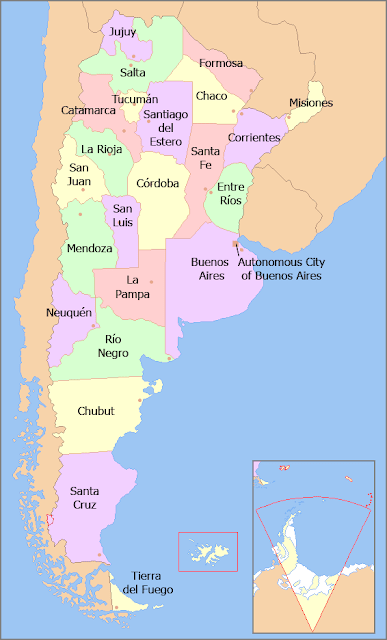This song is another vidala. It is the same song that featured partially in Vidala Triste, mentioned here. It isn't clear who wrote Te he i' de olvidar. Mariana Carrizo has interpreted many songs on love, often her own, but this is one of the simplest linguistically and is probably my favourite, musically.
he i': The more standard phrase would be Te he de olvidar, "He de" is a form much used in songs and poetry to say "I have to" do something. So I am not convinced that he i' is a contraction exactly, as suggested by the apostrophe. So it must be variation, stylistic or phonetic. You can say Te he de olvidar without adding an "i", but singing, it becomes convincing to add the i. That still leaves the mystery of the apostrophe without a contraction. Perhaps the apostrophe serves to guide the singer's delivery, such that the "i'" is not a fully enunciated word but rather a brief vocal sound. Pata i'lana is a bit like that: an omission replaced with a very different sound, "i".
Note, the Spanish lyrics are listed on Ensalta,com and refer to the album version of the song where she sings vidalitay but in the video above, vidalita I have heard both used by various singers across the genre.
I used to think that when vidalita or, here, vidalitay appeared in songs, it was in referral to a beloved, coincidentally using a word similar to the musical genre, vidala. But now I think the singer sings to the song itself which is not something we tend to do in English.
In the Youtube version, she sings para acompañarme a llorar, instead of para ayudarme a llorar as on the album and in the published lyrics. Thanks to JS for pointing this out.
There are quite a few variations she sings. When I sing Vidala para mi sombra sometimes I sing Pobrecita si me muero / con quien va a andar I often change va a andar to se irá because I think it sounds better but I can't remember if I picked that up from some version that Mariana or someone else.
It is beautifully sung, delicately accompanied by the accordeonist, Chango Spasiuk. I am always struck by the strength, humanity, energy and depth of feeling conveyed through the performance. The drum she is beating is the caja, affectionately referred to as cajita.
There are some notes on the vidala form following the lyrics.
 |
Map of provinces of Argentina By Bleff - Own work based on File:Argentina - Político.png, CC BY-SA 3.0 , |
The article says that the vidala is tied to the landscape of north west Argentina: Catamarca, La Rioja y Santiago del Estero, although it can reach as far as Jujuy, Tucumán y San Juan.
Chango Spasiuk's documentary La Vidala cites it in La Rioja.
Some interesting points from the piece:
- vidalas are about the lives of the people in this area, inseparable from the wilderness itself.
- the place, the stories about the place and the poetry all contain mysteries, enigmatic auras and ancestral secrets, an idea apparently expounded by the folk singer Atahualpa Yupanqui, who was influenced by the santiagueño writer, Ricardo Rojas.
- the poetry tends to be sorrowful
- there is no dance associated with the vidala
- it is sometimes considered the first first Argentine folk genre because it developed in parallel with the Nation-State The Tucumán musician Juan Quintero, says "It was born as a Creole folk genre, mixed with cultural elements typical of Spanish culture."
- unlike the baguala and the tonada, in the vidala other instruments are also used, such as the bombo legüero, the guitar, and the violin. But the characteristic instrument that accompanies the vidala is the caja, a percussion instrument of Andean origin.
- The caja also accompanies the tonada and the baguala musical forms
He provides two quotations, the first by Atahualpa, the second by Leda Valladares who dedicated her life to recording, singing and promoting Argentinian folk music.
“La música es un accidente de la tierra misma, por eso en las montañas, selvas y llanuras americanas, la canción es el resultado de una fusión admirable: el paisaje y el hombre”
Music is an accident of the earth itself, so in the American mountains, jungles and plains, song is the result of an admirable fusion of the the landscape and man.
“La libertad es la esencia del grito y el grito significa sangría, parto, develamiento de fuerzas ocultas. Por ese alarido se expresa la historia del hombre largado a la tierra, imantado por el cosmos, agredido por la muerte”
Liberty is the essence of the scream, and the scream means bloodletting, childbirth, the unveiling of hidden forces. Through this scream, the history of man is expressed, thrown to earth, magnetised by the cosmos, assaulted by death.

No comments:
Post a Comment